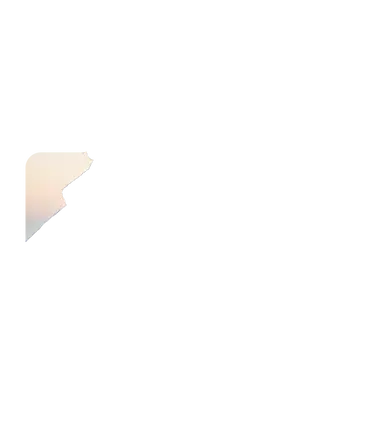move beyond™
spinal fusion.


-
Restore Natural Balance
-
Maintain Range of Motion
-
Preserve Adjacent Spinal Levels


Why fuse when you can replace?
Introducing MOTUS
The first total joint replacement for the low back.
Motus
Latin (mo-tus) noun
- A movement, motion
- An advance, progress
Etymology: Perfect passive participle of moveō (“I move”)
Replaces the function of the disc and facet joints.
Allows direct decompression to address leg and back pain.
Powerful surgical technique corrects sagittal balance.
A team fueled by
improving outcomes.
We’re working to change the standard of care for leg and back pain so patients don’t have to compromise motion for pain relief.
Joint replacement is standard of care across orthopedics.
Lumbar joint replacement will transform spine.

Stay in touch.
Follow our progress as we obtain FDA commercial approval for our lumbar total joint replacement technology in the US.


















